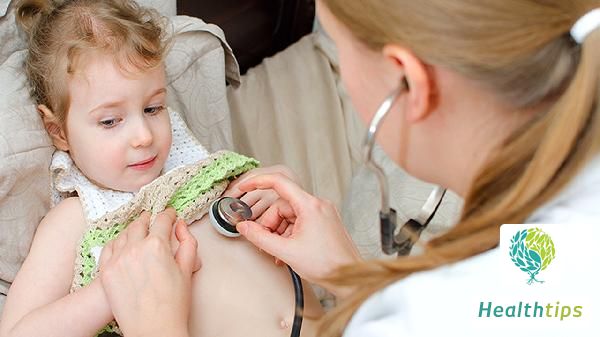What Should a 35-Year-Old Woman Do About Amenorrhea?
Amenorrhea in a 35-year-old female may be associated with various factors. It is recommended to prioritize medical attention to identify the specific cause, including hormonal disorders, excessive stress, or specific pathological factors. Depending on the cause, treatment plans typically include lifestyle adjustments, medication therapy, and surgical intervention when necessary.

1. Possible Causes and Analysis
Amenorrhea in a 35-year-old female is not normal, and common causes include:
Hormonal Changes: May result from premature ovarian failure leading to insufficient estrogen secretion, often due to genetic or autoimmune factors. If menstruation ceases prematurely, hormonal testing is needed to assess ovarian function.
Stress and Weight Fluctuations: Long-term excessive psychological stress or rapid weight changes (either overweight or underweight) can affect the hypothalamus-pituitary-ovary axis, causing menstrual disorders or even amenorrhea.
Pathological Conditions: Systemic diseases such as polycystic ovary syndrome, thyroid dysfunction, or pituitary adenoma can interfere with the menstrual cycle. It is essential to contact a gynecologist promptly for detailed examination to identify the underlying cause, often requiring blood tests, ultrasound, and other auxiliary diagnostic tools.
2. Treatment Methods
Based on diagnostic results, treatment methods for different causes include:
Lifestyle Adjustments: For excessive stress, it is recommended to relieve emotions through yoga and meditation while maintaining regular sleep patterns and a balanced diet. Underweight individuals should increase high-quality protein intake, such as eggs and fish; overweight individuals can control their weight through a low-sugar diet.
Medication Therapy: If hormone deficiency is confirmed, hormone replacement therapy, such as estrogen or progesterone supplements to regulate the menstrual cycle, can be administered under medical guidance. For thyroid dysfunction, medications like levothyroxine sodium tablets can be used to restore normal levels.
Surgical Intervention: If organic lesions such as endometrial pathology or pituitary adenoma are present, hysteroscopy or pituitary surgery may be required.
3. Necessary Prevention and Health Care
To prevent amenorrhea or related issues in advance: Maintain good eating habits, consume more foods rich in vitamin D and calcium such as milk and salmon, and reduce intake of processed foods. Pay attention to daily exercise, engaging in moderate-intensity aerobic exercise at least three times a week.
Amenorrhea in a 35-year-old female warrants attention. Early detection and treatment contribute to restoring health. Delayed diagnosis and treatment may affect fertility or induce more severe health issues such as osteoporosis. It is recommended to seek medical attention promptly for a definitive diagnosis and appropriate treatment.



















